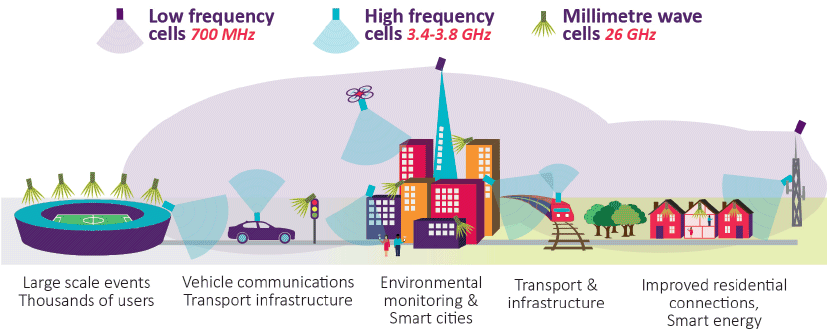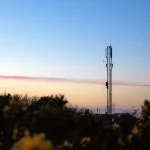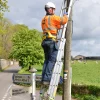First Part of Future Ultrafast 5G Mobile Standard Completed by 3GPP
Yesterday evening the 3rd Generation Partnership Project (3GPP) declared completion of the first real specification for the future 5G Mobile standard (5G New Radio Non-Standalone) at a meeting in Lisbon (Portugal), which occurred sooner than the originally expected early 2018 date.
As expected the new 5G technology will be able to work across both low and high frequency radio spectrum bands, starting at 450MHz and going as high as 52GHz. The higher frequencies (e.g. 26GHz) will deliver the best speeds and find acceptance among fixed wireless broadband connections, while in the UK we expect to see 700MHz and the bands around 3-4GHz being more friendly for early 5G Mobile deployments (Smartphones etc.).

Advertisement
The International Telecommunication Union (ITU-R) tends to define 5G under the IMT-2020 standard, which much like everybody else doesn’t anticipate the first commercial deployments occurring until 2020 (a lot of the necessary spectrum won’t become available until then). However some countries will always jump the line and 2018 is likely to be full of large-scale field trials, as well as possibly some early commercial deployments (e.g. Verizon in the USA).
Peak theoretical speeds could eventually reach as high as 20Gbps (Gigabits per second), although it’s likely to take a fair bit of evolution before we see that and it’s still shared capacity between many users. The original 4G standard promised speeds of 1Gbps (when stationary) but we’re only now starting to get close, many years after the specification was first approved.
Suffice to say that 3GPP’s earlier than originally expected move to lock down the first key part of the 5G specification is a big deal and will enable vendors to start producing some solid hardware, although it’s only the first big chunk of the overall standard and more work will be done through 2018.
At this point anybody with a nerdy disposition might like to take a look at the technical draft documents for the first specification, which can be found here. Look for the files beginning with 38xxxxx.zip, such as 38.101 for the 5G NR devices specification or 38.104 for 5G NR cell towers.
Advertisement
NSA 5G NR specs were approved today at RAN#78. Balazs Bertenyi , RAN Chair called it “an Impressive achievement in a remarkably short time, with credit due particularly to the Working Groups”. News article to follow on the 3GPP site and from 3GPP Member announcements. pic.twitter.com/b10fTV5V5n
— 3GPP Live (@3GPPLive) December 20, 2017
Mark is a professional technology writer, IT consultant and computer engineer from Dorset (England), he also founded ISPreview in 1999 and enjoys analysing the latest telecoms and broadband developments. Find me on X (Twitter), Mastodon, Facebook, BlueSky, Threads.net and Linkedin.


















































Comments are closed